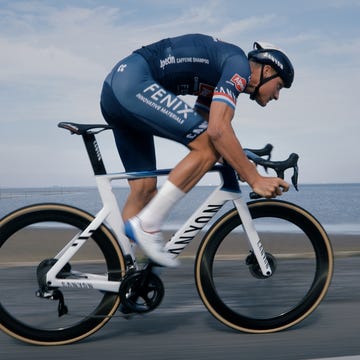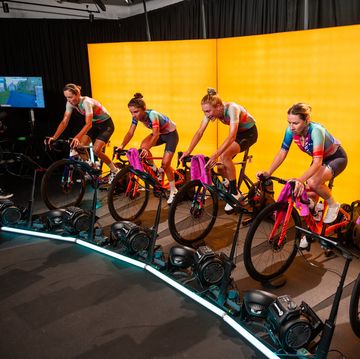Tampa, Florida, has been in the news lately for potentially violating civil rights laws with its practice of targeting minority neighborhoods with excessive bicycle tickets—essentially, a two-wheeled “stop and frisk.” In light of California’s consideration of imposing a mandatory state helmet law, we recently discussed the ways helmet laws can create barriers to expanding the biking community, but the Tampa case presents a problem that we missed. And unfortunately, the city isn’t alone.
It’s a problem identified early in Austin, Texas, after helmets were made mandatory. Between 1997 and 1999, the last-known period the topic was studied, 92 percent of tickets issued to children went to black and Hispanic kids.
It’s a problem in Dallas, where spotty enforcement of an existing bike-helmet ordinance suggests police are using the law as a way to stop and question folks in largely minority neighborhoods. The Dallas Morning News recently reported that since 2013, 96 percent of arrests and citations outside the downtown area were in census tracts with mostly minority populations; 86 percent were in neighborhoods with above average numbers of households living below the poverty line. Meanwhile, areas used primarily for recreational cycling, such as the Katy Trail and White Rock Lake, saw no arrests.
It’s a problem elsewhere in Florida, where in Miami, 86 percent of the 460 bike-licensing citations issued over a three-year period were to black people, despite an African-American population of 31 percent.
It’s clearly an issue. And while this is in no way the first time a law has been used to racially profile or disproportionately target lower-income populations, it should give us pause about how damaging these laws can be to their stated goals: To make the roads safer.
Safer roads are roads with more cyclists. Safer roads have more bike lanes and infrastructure—another resource distributed unequally between affluent and low-income neighborhoods. The neighborhoods that receive the most bike-lane funding tend to be largely white, educated, and upper-income areas where cycling is largely viewed as recreation. Meanwhile, in the neighborhoods where cycling for transportation is actually much higher, local commuters are often forced to ride on the sidewalk.
(For more on racial and economic inequalities in bike infrastructure, see People for Bike’s most recent report, Race, ethnicity, class, and protected bike lanes: An idea book for fairer cities.)
Just this past week California rejected its helmet bill, SB192, thanks to the support of the California bike community. Instead the bill will conduct a study on California helmet use and other ways to make the streets safer. For all of our safety on the road, let’s hope any future legislature focuses on inclusivity and making the streets safer for all communities—whether they choose to wear helmets or not.













